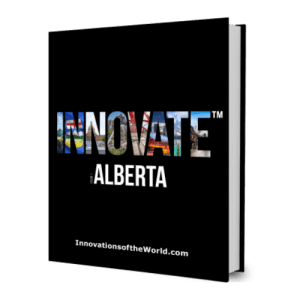A CENTURY-OLD BUILDING IS GETTING A WHOLE LOT SMARTER, THANKS TO SOME INNOVATIONS DRIVEN BY ARTIFICIAL INTELLIGENCE RESEARCHERS AT THE UNIVERSITY OF ALBERTA.
The 101-year-old dentistry and pharmacy centre is one of the first buildings you see when you come onto the University of Alberta’s North Campus. Right now, the building’s well-known facade is covered by scaffolding as it undergoes a transformation into the newly named University Commons. But what’s happening inside the building is also transformational — researchers are putting artificial intelligence to work in making the project a leading-edge energy retrofit of historic significance.
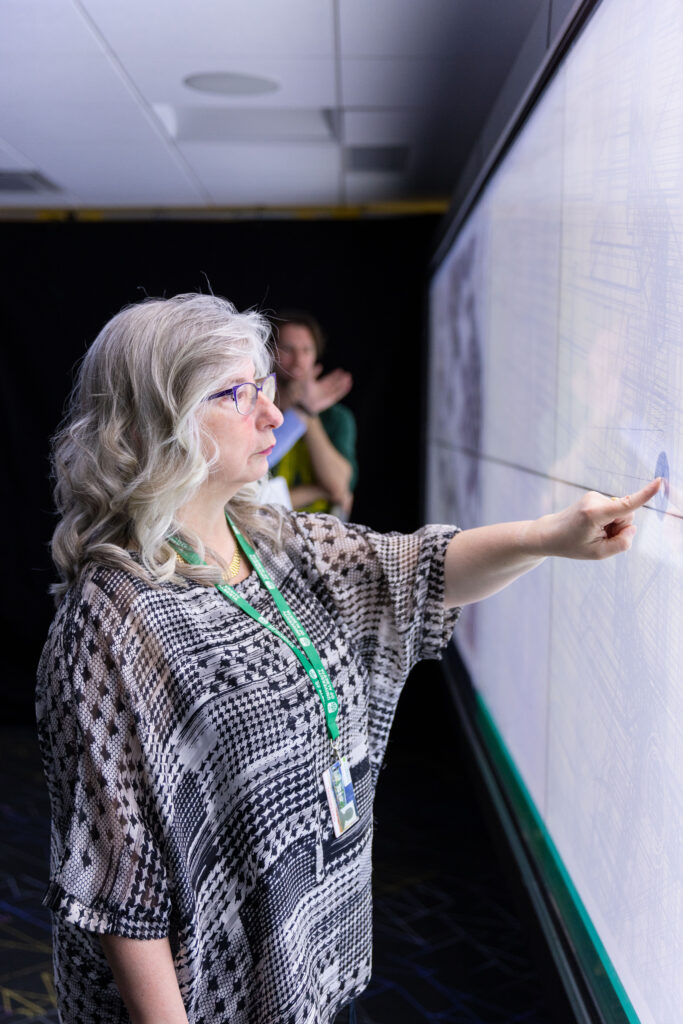
When work finishes in 2024, the newly named University Commons will continuously optimize systems to be more energy efficient, says project lead and computing science professor Eleni Stroulia. Data from sensors, climate reports, wireless router usage and occupancy will continually inform decision-making software that controls the lights, heat and air conditioning systems.
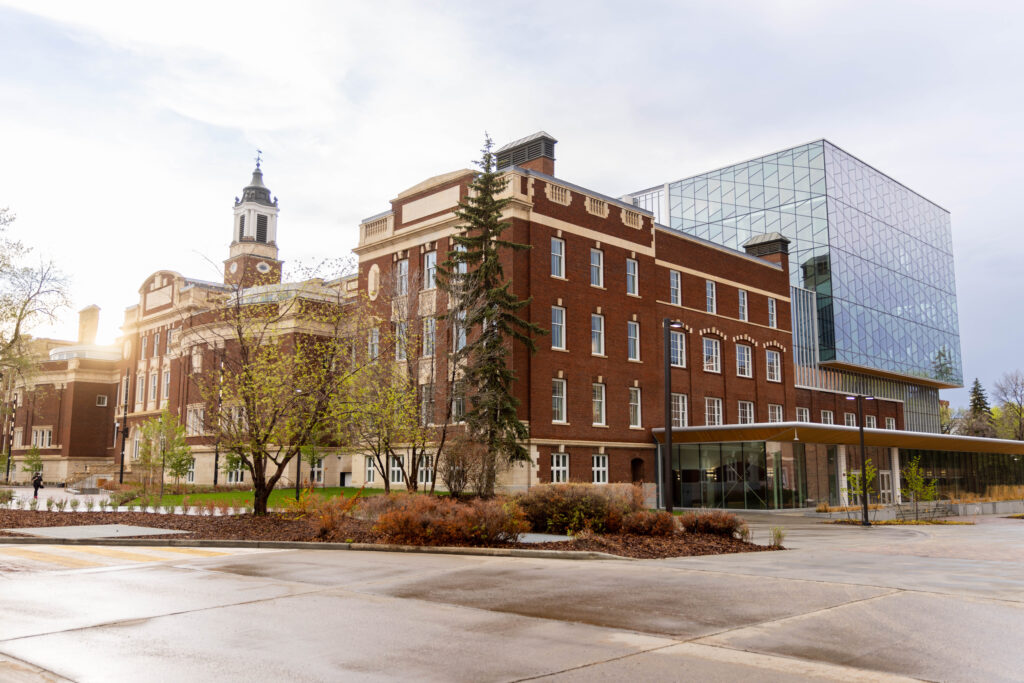
The result will be increased comfort for building occupants and savings on operational costs. Among its many uses, machine learning can use historical data to make predictions about the future, says Stroulia, whose research includes smart buildings and software engineering. “If you can predict the future implications of alternative ‘what if’ scenarios, you can make well informed decisions.”
Just a Quick Note:
InnovationsOfTheWorld.com has partnered with Trade License Zone (TLZ) to support global innovators looking to expand internationally. Take advantage of the UAE’s Free Zones—enjoy streamlined setup, low corporate taxes, and a strategic gateway to the Middle East and beyond.
Get Your UAE Free Zone License Fast & Easy!
Stroulia’s work focuses on how we can learn from negative examples. “Intuitively, when we fail as humans, there’s something to learn in order not to fail again in the same way in the future. Learning from negative examples enables us to compare what we know should have happened and what we know went wrong, and figure out how these differences can guide decision making ahead of time,” she says.

In her research, Stroulia is able to apply this concept to use AI to inform decision making in many fields. She works with researchers across disciplines to study how these kinds of decision-making algorithms can help with health, engineering, construction and education. “It has been a pleasure to see all this work have an impact, smaller and large, on real world activities,” she says.
The work happening at University Commons is a fitting homage to the university’s expertise in computing science and artificial intelligence. In 1964, the U of A became the first Canadian university with a computing science department. Today, it’s a global leader in AI and in the top two in Canada. An early achievement was in 1994 when the Chinook checkers program, developed by Professor Jonathan Schaeffer, bested the world’s top player. Later milestones were realized with other games-based research, like the DeepStack poker algorithm, first to beat human pros at Heads-up No Limit Texas Hold ‘em, and the AlphaGo program, created by a U of A grad, that beat a world champion in the board game Go.

It’s that kind of research that has earned the university its high ranking in artificial intelligence and machine learning. “Besides other purposes, games are great test beds for AI,” says Nathan Sturtevant, a computing science professor in artificial intelligence and the previous director of the Amii (Alberta Machine Intelligence Institute) centre at the U of A. Games bring structure, repetition and reinforcement to AI. “It’s an environment that is well controlled. It helps us understand how we solve problems.
Back at the University Commons building, Stroulia and her group apply that problem-solving to the kind of smart technology that is already becoming common in modern buildings. But there is a lot of work yet to be done. Right now, a building might have motion sensors that turn the lights off and on, but these sensors don’t have knowledge about the natural light level in the space on a given day. That means the lights may be automatically switched on at times when artificial lighting isn’t needed, wasting energy and negatively affecting the environment, simply because they were motion-triggered.
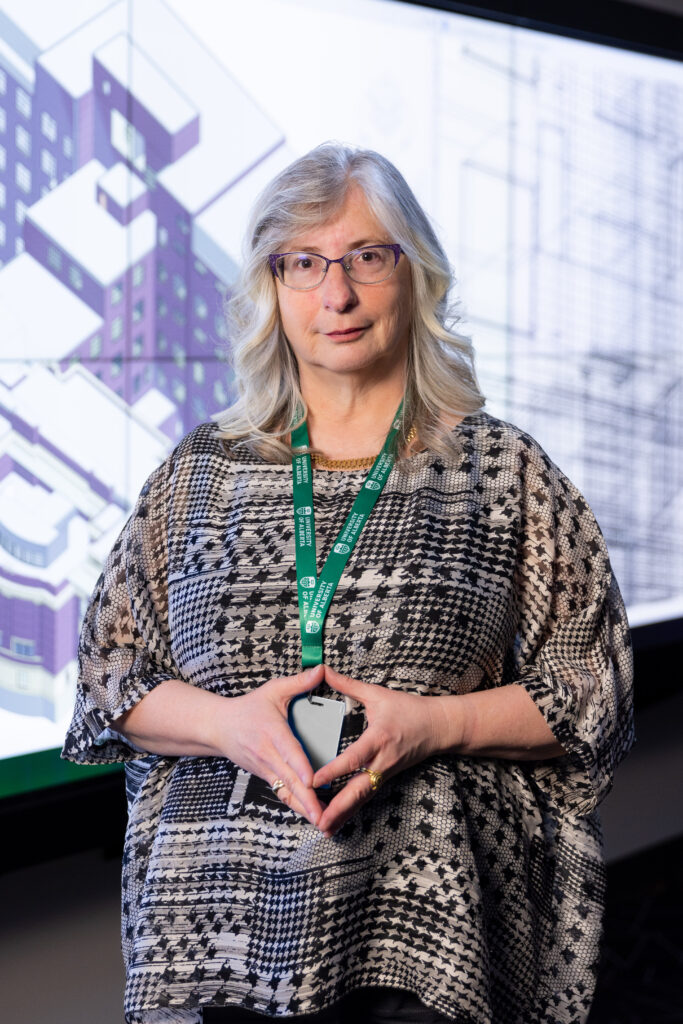
“Our goal is to figure out and demonstrate what the right level of integration in a building is.”
The U of A is the stronghold of reinforcement learning, says Stroulia — an area that merges data and expertise. “Agents trained with reinforcement learning learn from their experiences as they’re given feedback that can incorporate expert knowledge,” she explains. “This is one of the areas that holds much promise for the future, and there is much more work to be done. I believe the U of A has a huge role to play in this.”
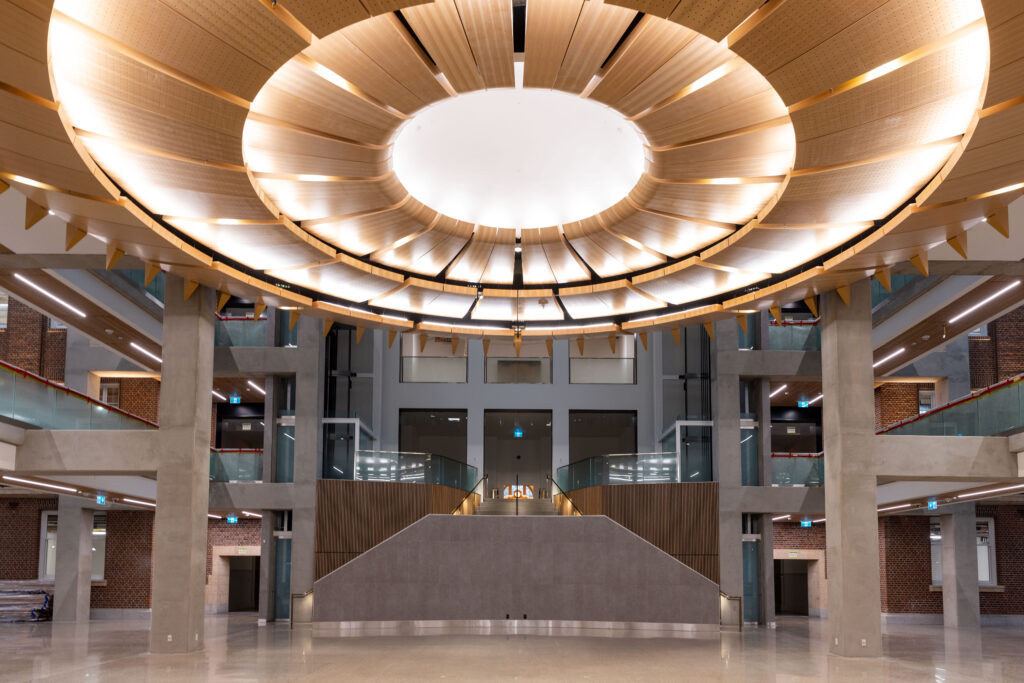
Some of the optimization findings from the University Commons project could be transferable to other buildings, such as finding a more energy efficient way to control lights than the standard motion-sensing methods many buildings already have. “The improvement of control will be optimized such that we save energy, save greenhouse emissions, improve comfort and hopefully save costs in the operation of the building.”
Stroulia’s collaborators on the project include Omid Ardakanian, whose research focuses on optimizing battery usage, and Petr Musilek, whose work involves smart power grids. Other collaborators are looking at privacy issues and data use, the heat exchange between the building and the exterior, and how occupants can engage more actively with the building.
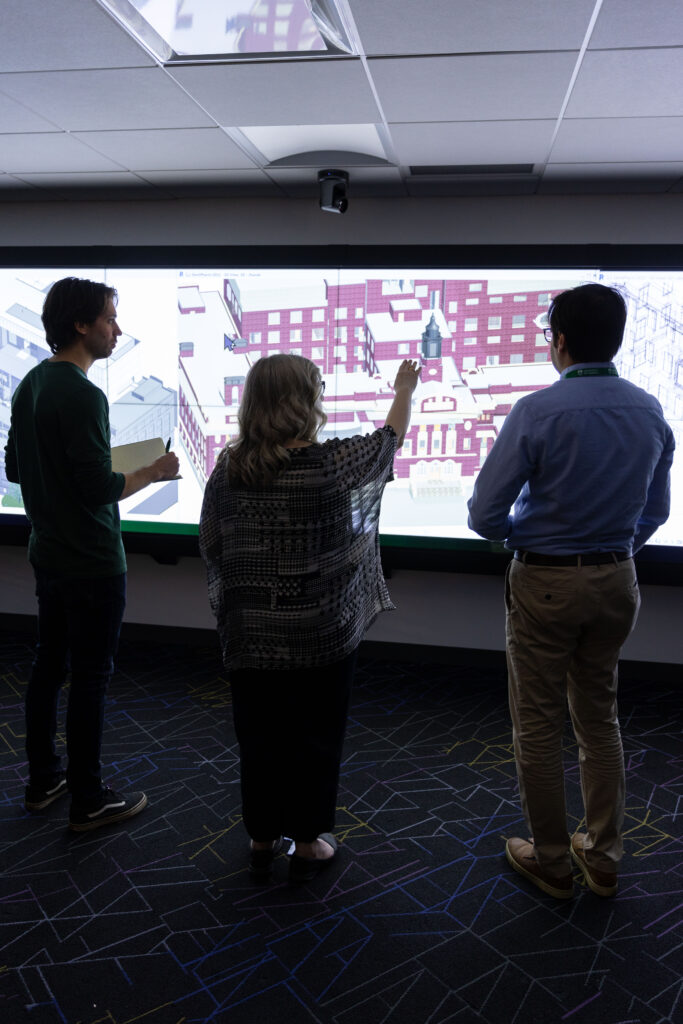
Projects like this harness the university’s 100 years of expertise in energy research and its 25 years in AI, says Aminah Robinson Fayek, the U of A’s vice-president (research and innovation). “By bringing together our expertise in these areas, the U of A is accelerating our impact. We are opening pathways to solve pressing issues.”
Interdisciplinary collaboration is a big part of the U of A’s efforts to use AI for good. “There’s no way you can do anything without understanding the data generated in your discipline and what to do with it,” Stroulia says.
And the way we apply AI today can spur the kind of innovation and creativity that creates transformational impact.
“Who’s getting Nobel Prizes in 15 or 20 years because of the novel use of AI today?” asks Amii’s Sturtevant. “And how can we facilitate that at the University of Alberta?”

